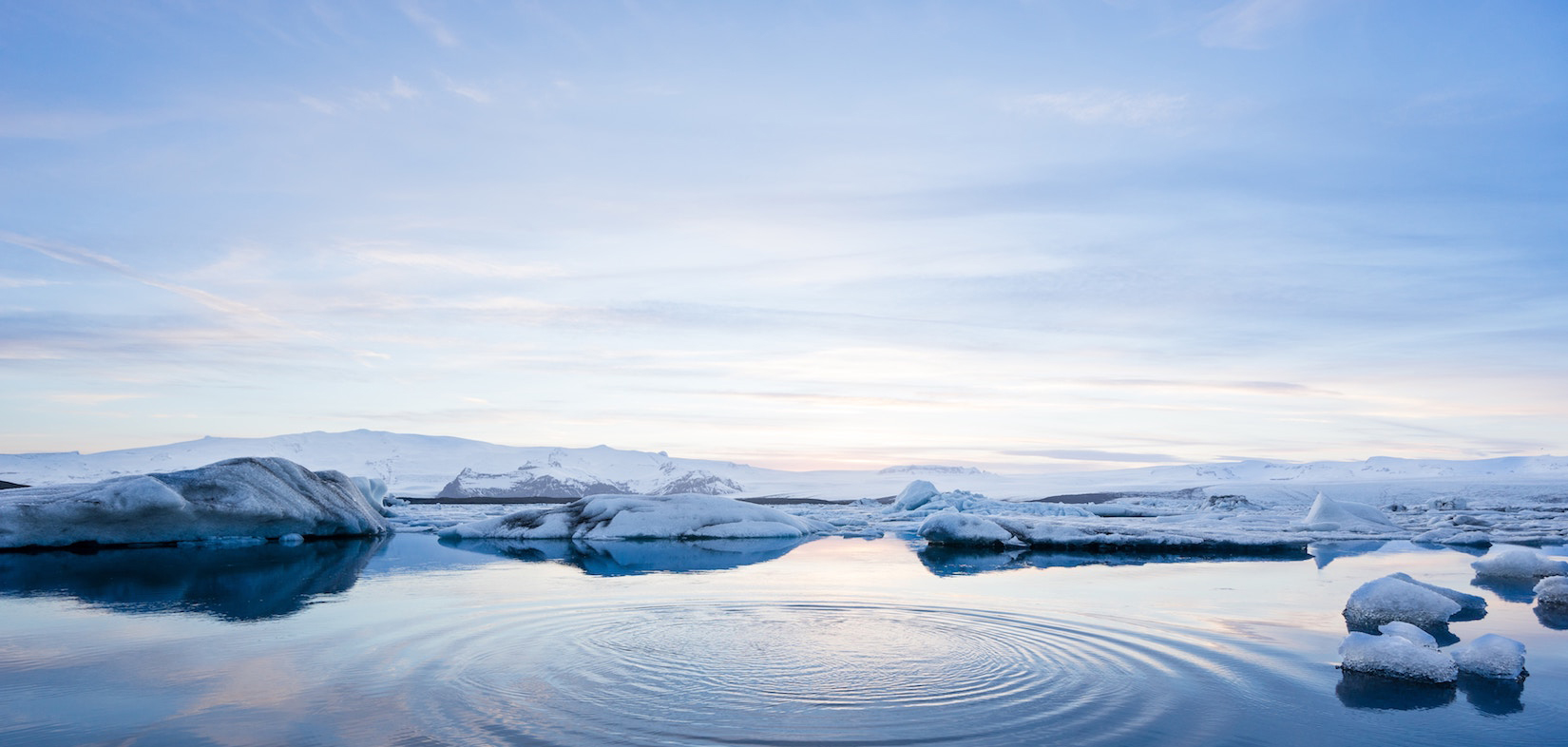Towards a better understanding of the migration rate of large rivers in permafrost regions
Published on 10 Mar 2023
A team of international researchers monitoring the impact of climate change on large rivers in Arctic Canada and Alaska determined that, as the region is sharply warming up, its rivers are not moving as scientists have expected.
Pascale Roy-Léveillée, Associate Professor in the Department of Geography and specialist in permafrost geomorphology, published a paper this week in Nature Climate Change in collaboration with Alessandro Ielpi (first author) from the University of British Columbia, Mathieu Lapôtre from Stanford University, and Alvise Finotello from the University of Padua in Italy. The paper examines the effect of atmospheric warming on large northern meandering rivers. Translated with www.DeepL.com/Translator (free version)
Their findings were a bit surprising.
“The western Arctic is one of the areas in the world experiencing the sharpest atmospheric warming due to climate change,” he says. “Many northern scientists predicted the rivers would be destabilized by atmospheric warming. The understanding was that as permafrost thaws, riverbanks are weakened, and therefore northern rivers are less stable and expected to shift their channel positions at a faster pace.”
This assumption of faster channel migration owing to climate change has dominated the scientific community for decades.
“But the assumption had never been verified against field observations,” he adds.
To test this assumption, Dr. Ielpi and his team analyzed a collection of time-lapsed satellite images—stretching back more than 50 years. They compared more than a thousand kilometers of riverbanks from 10 Arctic rivers in Alaska and the Yukon and Northwest Territories, including major watercourses like the Mackenzie, Porcupine, Slave, Stewart, and Yukon.
“We tested the hypothesis that large sinuous rivers in permafrost terrain are moving faster under a warming climate and we found exactly the opposite,” he says. “Yes, permafrost is degrading but the influence of other environmental changes, such as greening of the Arctic, counteracts its effects. Higher temperatures and more moisture in the Arctic mean the region is greening up. Shrubs are expanding, growing thicker and taller on areas that were previously only sparsely vegetated.”
This growing and robust vegetation along the riverbanks means the banks have become more stable.
“The dynamics of these rivers reflect the extent and impact of global climate change on sediment erosion and deposition in Arctic watersheds,” Dr. Ielpi and his colleagues state in the paper. “Understanding the behavior of these rivers in response to environmental changes is paramount to understanding and working with the impact of climate warming on Arctic regions.”
Dr. Ielpi points out that monitoring riverbank erosion and channel migration around the globe is an important tool that should be widely used to understand climate change. As part of this research, a dataset of rivers found in non-permafrost regions and representative of warmer climates in the Americas, Africa, and Oceania was also analyzed. Those rivers migrated at rates consistent with what was reported in previous studies, unlike those in the Arctic.
“We found that large sinuous rivers with various degrees of permafrost distribution in their floodplains and catchments, display instead a peculiar range in migration rates,” says Dr. Ielpi. “Surprisingly, these rivers migrate at slower rates under warming temperatures.”
The time-lapse analysis shows that the sideways migration of large Arctic sinuous rivers has decreased by about 20 percent over the last half-century”
“The migration deceleration of about 20 percent of the documented Arctic watercourses in the last half century is an important continent-scale signal. And our methodology tells us that 20 percent may very well be a conservative measure,” he says. “We’re confident it can be linked to processes such as shrubification and permafrost thaw, which are in turn related to atmospheric warming.”
“Scientific thinking often evolves through incremental discoveries, although great value lies in disruptive ideas that force us to look at an old problem with new eyes,” states Dr. Ielpi. “We sincerely hope our study will encourage landscape and climate scientists elsewhere to reevaluate other core assumptions that, upon testing, may reveal fascinating and exciting facets of our ever-changing planet.”
Pascale Roy-Léveillée is the holder of the Partnership Research Chair on Permafrost in Nunavik. In collaboration with Sentinel North (Université Laval) and the Ministère de l'Environnement et de la Lutte contre les changements climatiques, the mission of this chair is to develop expertise on permafrost in collaboration with the Canadian and international scientific community in order to support and accelerate the implementation of climate change adaptation in permafrost regions, particularly in Nunavik, in collaboration with the communities and the Quebec government.

Photo : Pascale Roy-Léveillée

